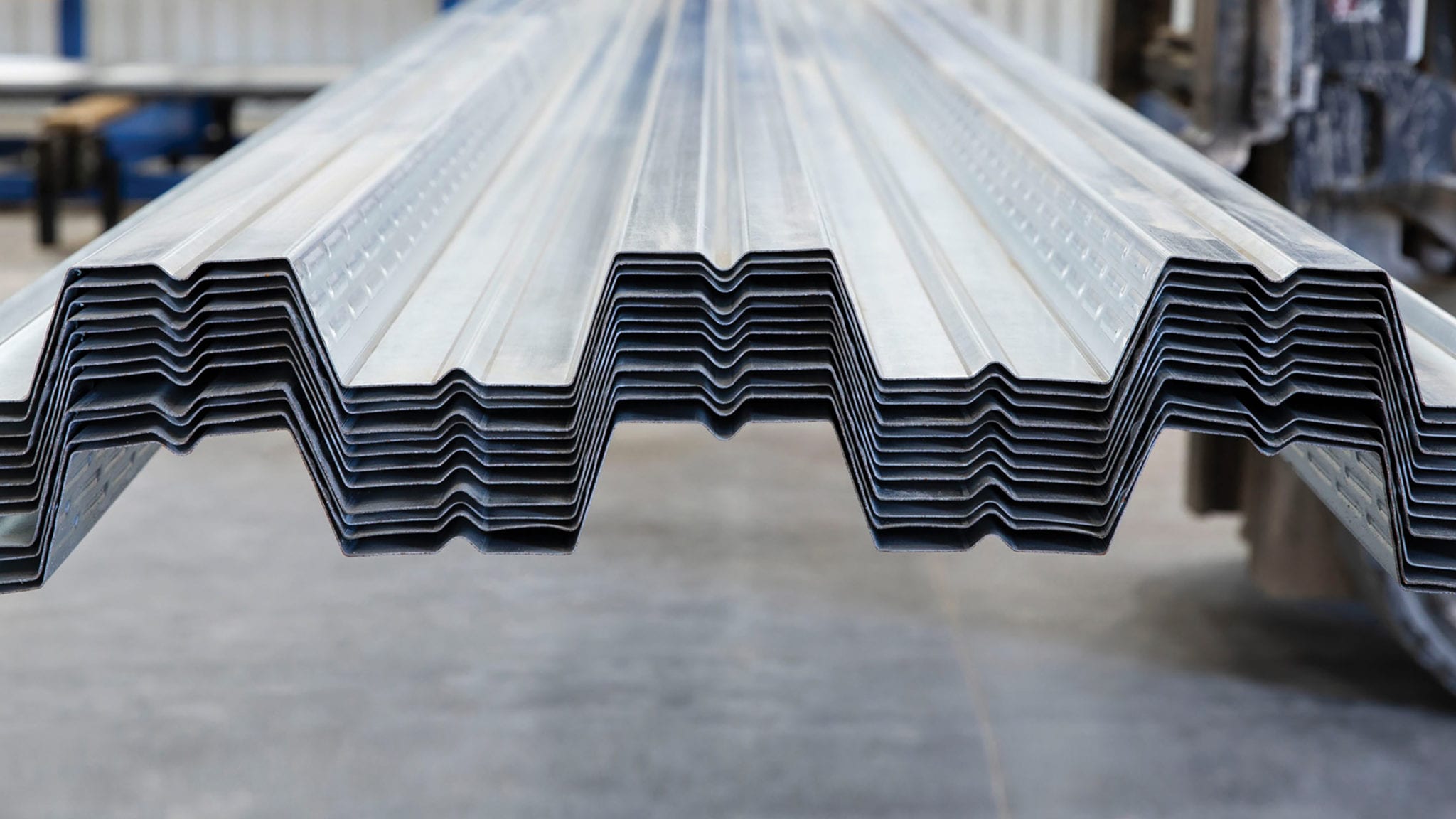
There are a host of reasons why contractors are adopting steel as their ideal deck framing material. Strong, durable, and resistant to the damaging effects of weathering, steel decking allows contractors to deliver long-lasting and low-maintenance deck structures that exceed their clients’ expectations.
Another notable benefit of steel decking is the added aesthetic appeal. There is something intrinsically pleasing about the smooth appearance and geometric lines of steel profiles, which have an industrial look and offer textural contrast against the other deck elements, and the surrounding landscaping.
To come clients, more so those who want to maximize the usable space underneath an upper-level deck, the visual appeal of steel decking is a major selling point. However, you should never just take their word for it.
In this regard, below are some of the things you should know about leveraging the aesthetic appeal of steel to score high compliments with your clients.
Choose the Right Shape and Size
One of the key steps in designing a steel structure is to choose the right shape and size of the structural elements, such as columns, beams, trusses, and frames. The shape and size of the elements can affect the visual impact, proportion, and harmony of the structure, as well as its efficiency and economy.
For instance, you can use slender or tapered beams to create more dynamic and elegant forms, or you can use slender or hollow columns to reduce the visual weight and bulkiness of the structure. There is also the option of varying the shape and size of the elements to create contrast, rhythm, and balance in the structure.
Use Color and Texture
Another remarkable way to bolster the aesthetic appeal of a steel structure is to use color and texture to enhance its appearance and character. Color and texture can influence the mood, atmosphere, and identity of the structure, as well as its interaction with the surrounding environment.
For example, you can choose to go with bright or warm colors to make the structure more inviting and cheerful, or you can use dark colors to make it more elegant and sophisticated. Also, opt for different textures, such as smooth, rough, glossy, or matte, to create more variety and interest in the structure.
You can apply color and texture to the steel elements themselves, or to the cladding, coating, or finishing materials that cover them.